A slowly evolving story, with some plot holes remaining to be filled. Why was the Wellen in Australian waters? And what about the Minsk, whose officers apparently visited the damaged Wellen in Newcastle? Why is information about that ship so hard to find?
In May 1942 Japan and Russia were not at war. And yet in the opening salvos of Japan’s submarine war against merchant shipping in Australian waters, it carelessly managed to attack a Soviet ship. This was the freighter Wellen, an elderly vessel of 5000 tons. It was apparently built in Britain, taken over by the Germans during World War 1, and transferred to the Soviet flag in 1932.
On the night of May 16, 1942, the Japanese submarine I-29 under Lieutenant-Commander Juichi Izu attacked the Wellen not far off the coast of Newcastle. The attack provided the first certain proof that Japanese submarines were active in Australian waters. It isn’t clear whether Izu realised the ship was Russian. The I-29 fired two torpedoes, both of which missed, then surfaced and attacked with its deck gun and a machine gun. One shell burst on the fore part of the deck, and shrapnel damaged the bridge and other parts of the ship.
I recently discovered – through a chance glance at an old newspaper – that the Wellen was “the first vessel damaged by enemy action” to be repaired at Newcastle’s then-new State Government Dockyard at Dyke End.
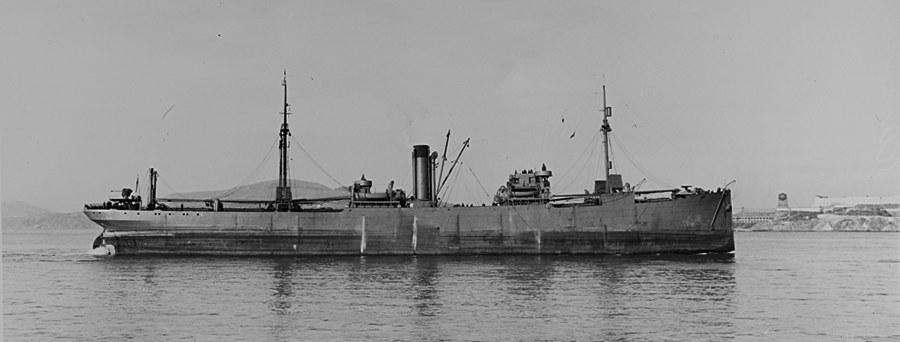
Newcastle State Dockyard had been hastily created following the entry of Japan into World War 2, with work on the site beginning in January 1942. Not so many years before that, Newcastle had boasted the tremendous Walsh Island Dockyard, but this versatile industrial giant had become a political football. Following its closure in the 1930s Walsh Island went to ruin and much of its valuable machinery was sold. Some material was left, however, and resourceful engineers salvaged what they could to create a new shipbuilding and repair facility in the face of tremendous wartime shortages. Walsh Island’s floating dock remained, fortunately, and engineers joined the dock’s third section to the two that had been in use and in January 1942 the floating dock was ready to dock and repair vessels to its full size capacity.
The damaged Wellen went into Newcastle Harbour and received some quick repairs in the floating dock. It arrived on Sunday, May 17, and the repairs enabled it to sail the following Wednesday night. The Wellen was said to have arrived back in Vladivostok three months later.
Shell exploded on the bridge
It is worth noting that, at the time in Australia, Russia was being publicly extolled as a great ally of the Western powers, since it was absorbing much of the weight of the war with Germany. In this interesting account in The Newcastle Morning Herald of June 26, 1942 (referred to me by helpful reader GS), Newcastle trade union officials relayed the story told to them by the ship’s captain, Nickali Malahoff, and chief officer Semyon Pannion, while the Wellen was in port. They said they were attacked without warning, with the first indication of trouble a shell exploding on the ship’s bridge. The captain and some other crew members were wounded as the ship’s gun crews fought back against the sub, which submerged and changed position twice before abandoning its attack.
The Japanese attack on the Wellen was a very significant event. It put Australian authorities on the alert, and they shut down shipping movements for 24 hours after the attack, sending out some corvettes to search for the culprit. The Soviets apparently claimed a direct hit on the submarine, and perhaps the Australians believed them. Either way, I-29 easily evaded its hunters and made its way to Sydney where, on May 23, it sent its reconnaissance seaplane over the city in preparation for the mini-submarine attack on the night of May 31.
A point that intrigues me is a visit that was apparently made to the damaged ship in Newcastle by some other Soviet maritime figures. The Herald reported cited above noted that: “Many visits were paid to the ship while it remained in Newcastle. On the morning following the attack Captain Malahoff received Captain T. Peredery and Chief Officer A. Lebedev, who visited Newcastle while their ship was in another port. Captain Peredery and Captain Malahoff are old friends. In the afternoon Captain Peredery, Chief Officer Lebedev and Chief Officer Pannion were introduced to a patriotic concert at the City Hall. They were greeted with enthusiasm. Captain Peredery gave a stirring address in which he expressed confidence that the Red Army would have victory this year”.
In my collection of Newcastle Herald photographic negatives I have a set of three, dated May 17, 1942, and labelled “Soviet sailors visit”. The photos show a group on what is unmistakably the roof of Newcastle City Hall and also inside the building at what appears to be a formal function. This was the day the Wellen arrived in Newcastle after being attacked by the submarine. The stocky man in the uniform I believe is Captain Peredery.
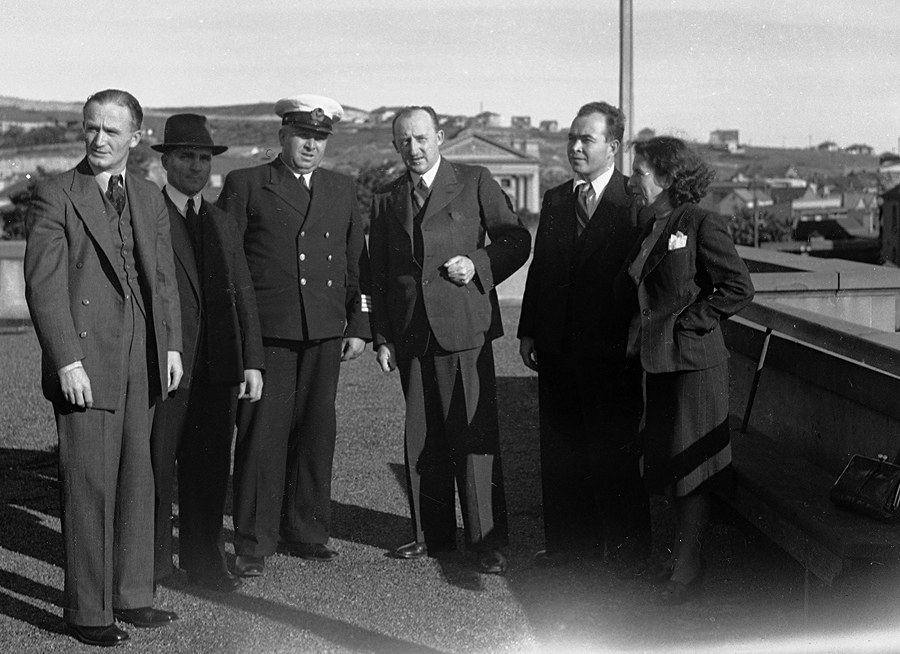
An article in the Newcastle Herald on May 18 describes the rousing speech given by Captain Peredery, “master of a Soviet ship in Australian waters”. The speech was all about winning the war and beating the Germans, and the report said that “Captain Peredery was accompanied by Semyon Pannion and Alexander Lebedev, both first mates”. On the following page of the same paper this photo of the seamen appears.
Thanks to reader Leon for directing my attention to this interesting article in the Brisbane Courier Mail of May 19, 1942, about a crew member of Captain Peredery’s ship in an Australian hospital.
So, what was Captain Peredery’s ship? Intriguingly, a Newcastle Herald article in 1951 about interesting signatures in the visitors’ book of Newcastle City Hall noted the name, under the date May 12, 1942, of “Captain F. Peredery, of the USSR battleship Minsk”. That date is some days before the arrival of the Wellen, and even before the Wellen was attacked. It may be an error of transcription, of course, I’ve tried to locate references to a Soviet battleship named Minsk (or indeed any Soviet ship named Minsk), in Australia in 1942, but have so far found only these articles in Trove.
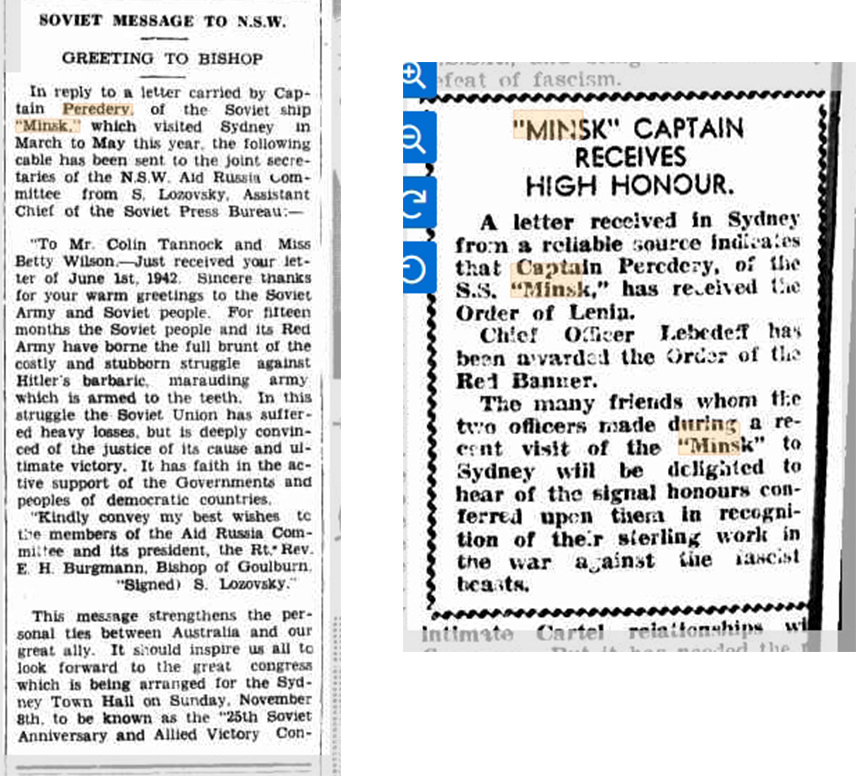
Surprising, isn’t it, that such an apparently important visit by a ship of a major ally, at a time when Australia was at the peak of Japanese invasion fears, didn’t get wider coverage and that it hasn’t been mentioned at all postwar? I have found many records of a Soviet destroyer named Minsk, but it was at that time lying sunk in shallow water in Kronstadt, near St Petersburg, after having been hit by German bombs in 1941. (The Minsk was refloated later in 1942 and recommissioned in 1943, but it clearly never came to Australia.)
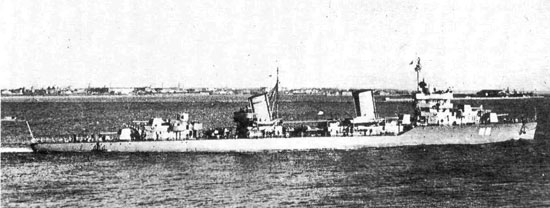
Helpful reader GS has discovered some files in the Australian National Archives relating to a Soviet merchant ship named Minsk that did indeed visit in 1942. It appears, for example, that the Minsk visited Fremantle on January 7, 1942, and that Australian shipping authorities were interested in the defensive methods and technologies adopted by Russian vessels. I would be very interested to learn more.


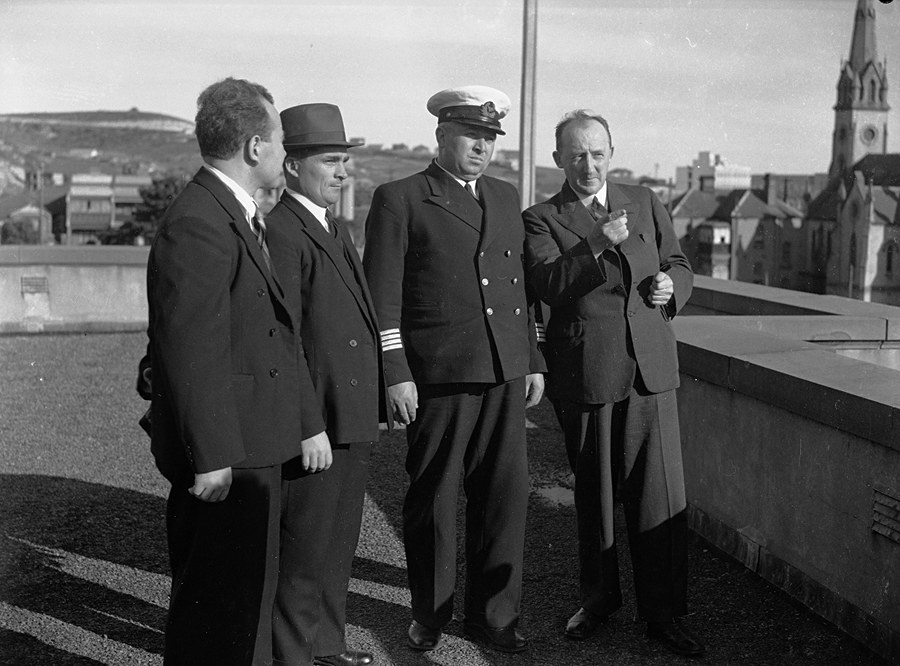
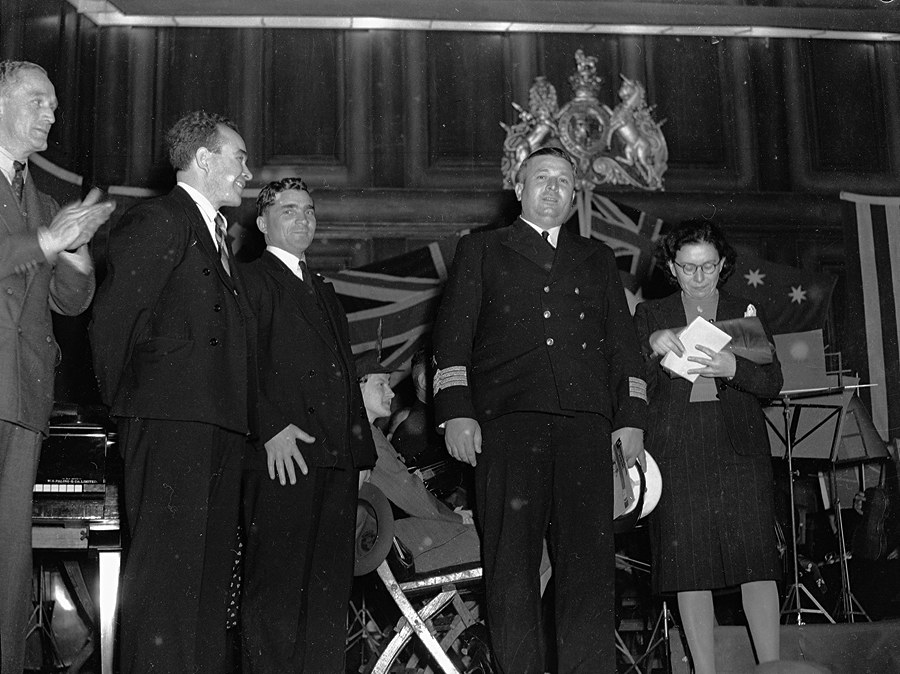

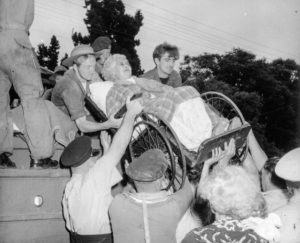
Thank you a lot for this investigation. What lead me here was a youtube video about Pacific War
https://youtu.be/4f_ooRSdddI?t=6888
Interesting video, many thanks.